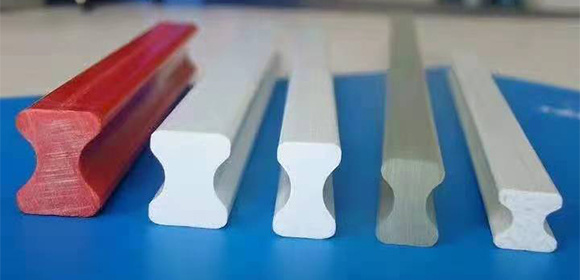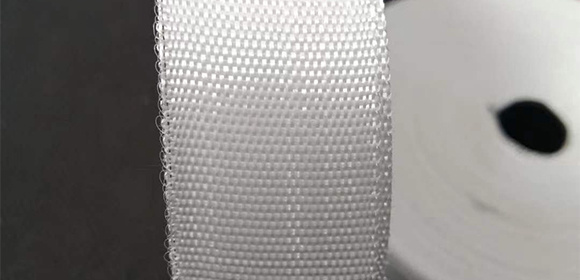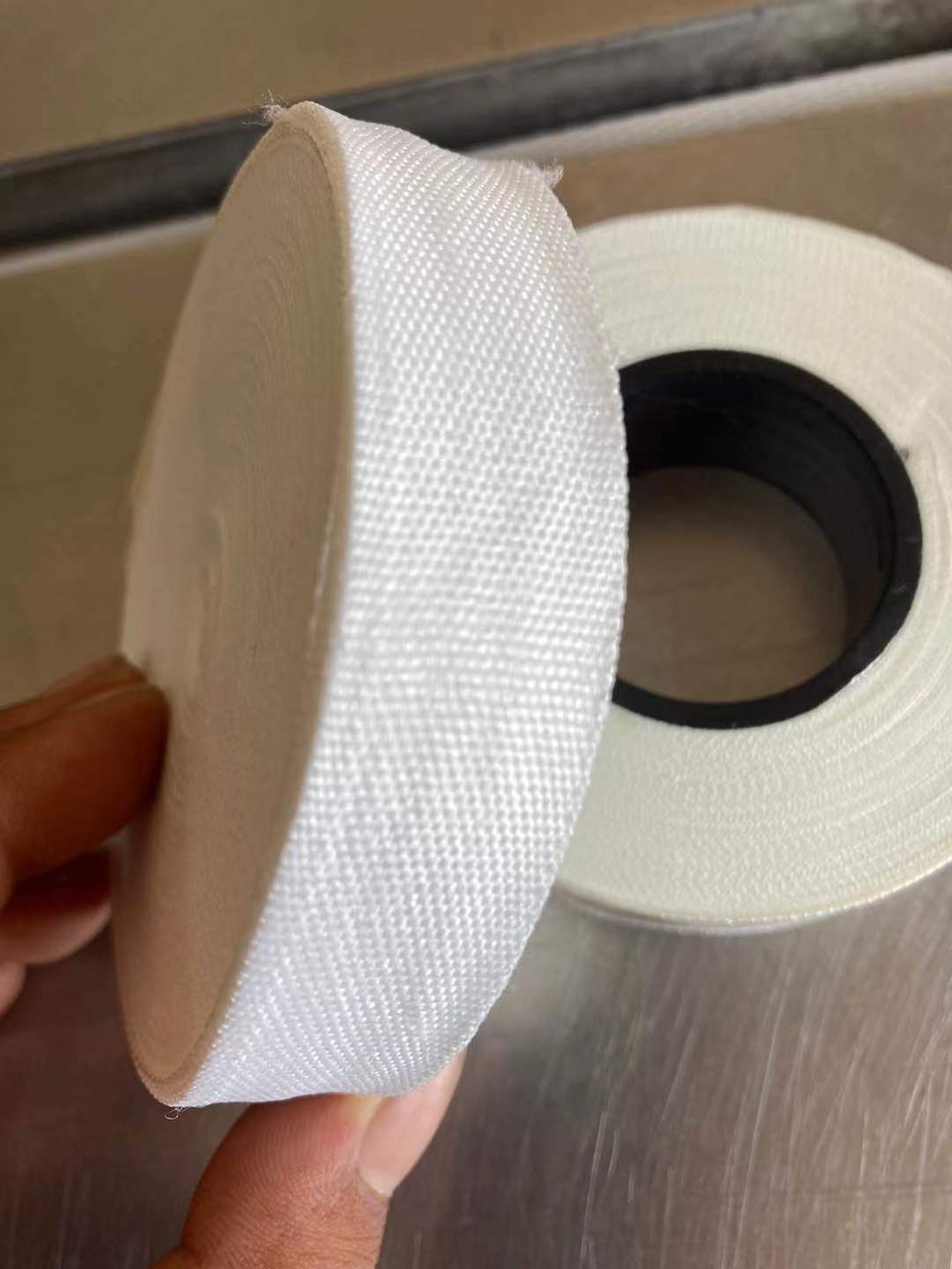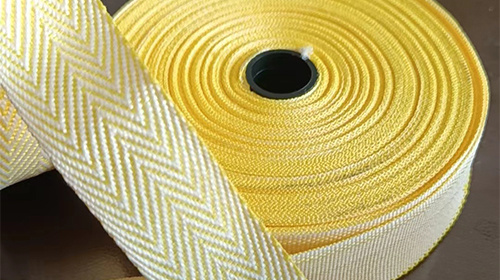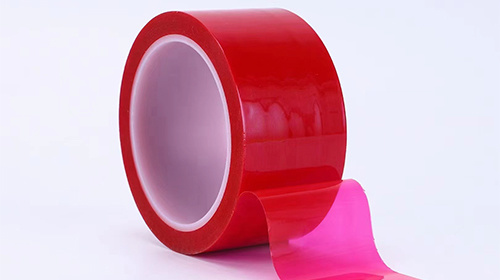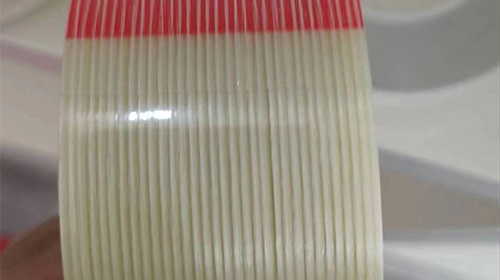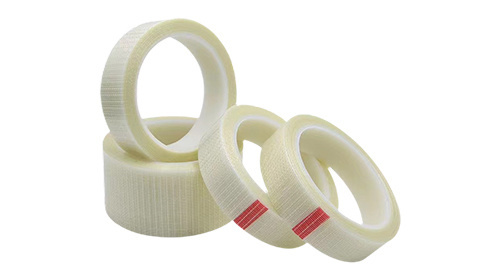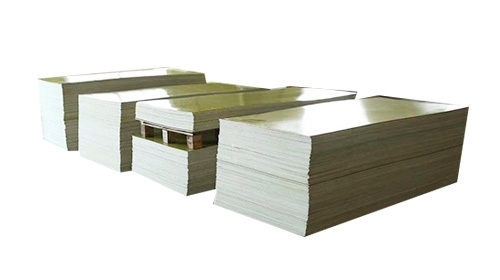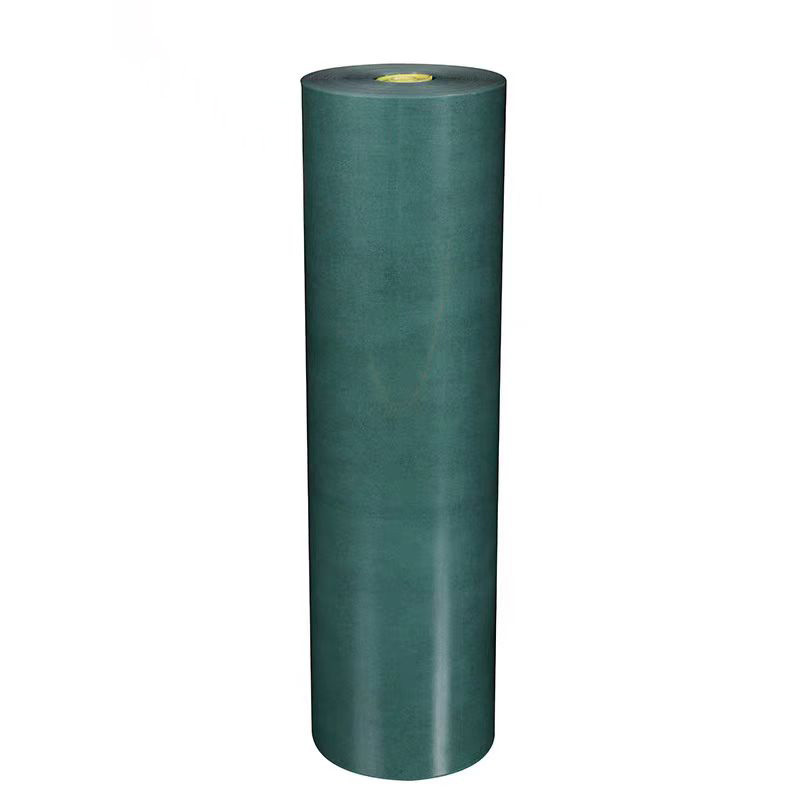The Best Ways to Utilize PVC Fiberglass Sleeves in Your Projects
The Best Ways to Utilize PVC Fiberglass Sleeves in Your Projects
Introduction to PVC Fiberglass Sleeves
In the realm of electrical insulation and protection, **PVC fiberglass sleeves** have emerged as a versatile and essential component. They offer excellent thermal resistance, mechanical strength, and electrical insulation properties. This article delves into the myriad ways these sleeves can
The Best Ways to Utilize PVC Fiberglass Sleeves in Your Projects
Introduction to PVC Fiberglass Sleeves
In the realm of electrical insulation and protection, **PVC fiberglass sleeves** have emerged as a versatile and essential component. They offer excellent thermal resistance, mechanical strength, and electrical insulation properties. This article delves into the myriad ways these sleeves can be utilized, providing you with insights and practical advice for your upcoming projects.
Understanding the Composition of PVC Fiberglass Sleeves
PVC fiberglass sleeves are made from a combination of **polyvinyl chloride (PVC)** and fiberglass, resulting in a product that is both lightweight and durable. This combination allows for a wide range of applications, including:
- **Electrical insulation**
- **Heat resistance**
- **Mechanical protection**
As they blend the benefits of fiberglass with the flexibility of PVC, these sleeves are suitable for various environments and applications.
Key Properties of PVC Fiberglass Sleeves
When selecting PVC fiberglass sleeves for your projects, understanding their properties can help you make informed decisions. Here are some key features:
1. Thermal Resistance
PVC fiberglass sleeves can withstand high temperatures, making them ideal for use in environments where heat may be a concern. They can typically handle temperatures up to 150°C (302°F) without compromising structural integrity.
2. Electrical Insulation
These sleeves provide excellent electrical insulation, preventing short circuits and ensuring the safety of electrical components. Their dielectric strength makes them suitable for high-voltage applications.
3. Chemical Resistance
PVC fiberglass sleeves resist a range of chemicals, including oils, acids, and alkalis, making them suitable for industrial applications.
4. Mechanical Strength
The combination of fiberglass and PVC results in a lightweight yet sturdy material that can protect wires and cables from abrasion, cuts, and other mechanical damages.
Applications of PVC Fiberglass Sleeves in Various Industries
PVC fiberglass sleeves are utilized across multiple industries, demonstrating their adaptability. Let’s explore some specific applications:
1. Electrical and Electronics
In the electrical and electronics sector, PVC fiberglass sleeves are used for insulating wires and cables. They help secure connections and maintain electrical performance by preventing short circuits.
2. Automotive Industry
The automotive industry relies on PVC fiberglass sleeves to protect wiring harnesses and electrical components from heat and damage. Their durability ensures that vehicles operate safely over extended periods.
3. Aerospace and Aviation
In aerospace applications, these sleeves provide insulation in extreme temperatures and environments, safeguarding sensitive electronic systems and enhancing aircraft safety.
4. Industrial Equipment
Industrial machinery often operates under harsh conditions, making PVC fiberglass sleeves essential for protecting cables and wires. They are used in robotics, manufacturing, and heavy machinery to ensure reliability and longevity.
5. Home Improvement Projects
PVC fiberglass sleeves can also be employed in DIY home improvement projects. They can be used to organize and protect electrical wiring, enhancing both aesthetics and safety.
How to Choose the Right PVC Fiberglass Sleeve for Your Project
Selecting the appropriate PVC fiberglass sleeve involves several considerations. Here are some factors to keep in mind:
1. Diameter and Size
Measure the diameter of the cables or wires you need to insulate. Choose a sleeve that fits snugly without being too tight, as this will ensure optimal protection and insulation.
2. Length
Consider the length of the sleeve required. It should be long enough to cover the entire section of the wire that needs protection.
3. Temperature Rating
Ensure that the sleeve’s temperature rating aligns with the expected operating conditions. For high-temperature applications, select sleeves designed to withstand those environments.
4. Color Coding
PVC fiberglass sleeves are available in various colors, which can help in organizing and identifying different wires or circuits.
5. Compliance and Standards
Check for compliance with industry standards and regulations. This ensures that the sleeves meet safety requirements for your specific application.
Installation Techniques for PVC Fiberglass Sleeves
Once you have selected the right PVC fiberglass sleeve, proper installation is crucial for achieving optimal results. Here are some installation techniques:
1. Preparing the Wires
Before sliding the sleeves onto the wires, ensure that the surfaces are clean and free from dust, grease, or moisture. This helps maintain adhesion and insulation.
2. Cutting the Sleeves
Measure and cut the sleeves to the desired length. Using sharp scissors or a utility knife will provide a clean cut, ensuring that the sleeve fits properly.
3. Sliding the Sleeves On
Carefully slide the sleeves over the wires. Ensure that they are positioned correctly and cover the required length. If necessary, use heat to shrink the sleeve for a more snug fit.
4. Securing the Sleeves
For added security, consider using cable ties, heat shrink tubing, or adhesive to hold the sleeves in place. This will prevent them from sliding or coming loose over time.
Maintenance and Care of PVC Fiberglass Sleeves
To ensure the longevity and effectiveness of PVC fiberglass sleeves, regular maintenance is essential. Here are some tips:
1. Inspection
Regularly inspect sleeves for signs of wear, damage, or degradation. This is particularly important in high-stress environments such as industrial settings.
2. Cleaning
Keep the surface of the sleeves clean from dust and contaminants. A damp cloth can be used for cleaning; however, avoid using harsh chemicals that may degrade the material.
3. Replace When Necessary
If sleeves show signs of damage, such as cracks or tears, replace them immediately to maintain safety and reliability.
Common Misconceptions About PVC Fiberglass Sleeves
Despite their popularity, several misconceptions surround PVC fiberglass sleeves. Understanding these can help you make better-informed decisions:
1. They Are Not Durable
Many believe that fiberglass products are brittle. However, PVC fiberglass sleeves are designed to be robust and resilient, offering long-lasting protection.
2. They Are Only for Electrical Use
While primarily used for electrical insulation, PVC fiberglass sleeves have versatile applications in automotive, aerospace, and home improvement fields.
3. All Types Are the Same
Different types of PVC fiberglass sleeves exist, each suited for specific applications. Selecting the right type is crucial for achieving the desired results.
FAQs About PVC Fiberglass Sleeves
1. What is the maximum temperature PVC fiberglass sleeves can withstand?
PVC fiberglass sleeves can typically handle temperatures up to 150°C (302°F), making them suitable for most applications requiring heat resistance.
2. Can PVC fiberglass sleeves be used outdoors?
Yes, many PVC fiberglass sleeves are designed to withstand outdoor conditions. However, check for UV resistance if they will be exposed to sunlight.
3. Are PVC fiberglass sleeves flexible?
Yes, PVC fiberglass sleeves are flexible, allowing them to be easily installed over various sizes and shapes of wires and cables.
4. How do I properly cut PVC fiberglass sleeves?
Use sharp scissors or a utility knife to achieve a clean cut. Measure the desired length accurately to ensure a proper fit.
5. Can I use PVC fiberglass sleeves in high-voltage applications?
Absolutely. PVC fiberglass sleeves provide excellent electrical insulation, making them appropriate for high-voltage applications.
Conclusion
Utilizing PVC fiberglass sleeves in your projects can significantly enhance the safety, reliability, and efficiency of electrical systems. Understanding their properties, applications, and proper installation techniques is essential for maximizing their potential. By choosing the right sleeves, you can protect your wires and cables effectively, ensuring longevity and performance. Whether you’re involved in industrial, automotive, or DIY home projects, PVC fiberglass sleeves are a valuable addition to your toolkit, allowing you to achieve professional results with ease.
Previous






